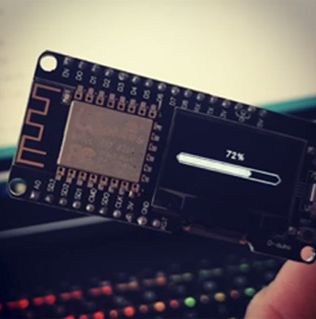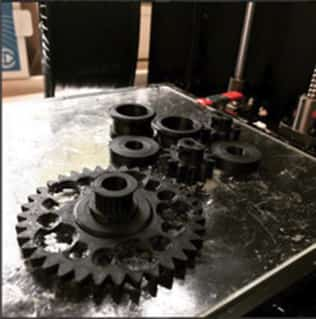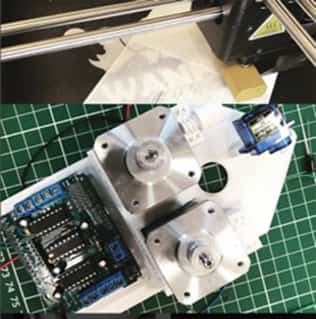Education is the most powerful weapon we can use to change the world and Mindset Network is a powerful part of that world changing arsenal.
Nelson Mandela – Launch of Mindset Network, 2003
View videoIt’s a tale told by everyone that has been in a boring lesson: education needs an overhaul. Teaching methods have always been a balance of efficiency to run a school in the most efficient way, or to teach in the way that uses best practices, almost never both.
It’s almost common sense, that a curious child becomes a lifelong learner and problem solver - exactly what any economy needs - people who work constantly at their mental abilities.
Mindset Network was founded on the basis that it would address some of the issues in education, by trying to find ways to meet the needs of children by serving high quality education in a very scalable and affordable way, by using technology. We first used the medium of television and print media - meaning that one teacher could reach thousands of children and learners could have access to the absolute best in the educational sphere.
Mindset continues to believe in this evolution of education - it must be affordable, scalable and of a high quality. Usually there is a tradeoff between two of these, at the expense of the other, new technologies and innovation allow for the intersection of these three.

The Netherlands remains a hub for innovation and hosts a very vibrant innovation sector involving a very large startup culture - including technologies that with be used in education. Virtual Reality, Augmented Reality, Internet of Things (IoT), Mobile tech development happen at a rapid pace as the environment is geared towards it and there is a large pool of skilled talent available to quickly implement new ideas and try them. The problems facing education are almost universal but very diverse in the way that they present themselves. However, it’s clearer now more than ever that the conventional wisdoms and methods of reforming education at government and policy level are too slow, as they are at traditional education institutions. There is a growing gap between a need from industry and the supply from education for skills. These skills range from basic literacy and numeracy, right up to the advanced skill sets needed for vocations and university disciplines.
The Educational sector is ripe for a major disruption. The source of these disruptions has, without fail come from the new devices and technologies born from the internet. Any problem which has been around long enough and has such an urgent solution, is looking for a technological solution that, in turn, drives a cultural, political and social change. The one thing we know for sure is that there is no one answer, and education in Africa is a complex problem that we are trying to solve.
Apart from the obvious, that we are surrounded by robotic and software solutions to a number of legacy problems - it makes excellent educational sense for children to build robots. Robotics and AI are deemed as a part of the fourth industrial revolution and are projected to replace a large portion of the current operational workforce. So a practical reason for making robots is that children that do, know how they work and have a skill set directly applicable to a new industry.
Robots are also an incredibly powerful tool in teaching many of the skills needed for the future marketplace:Communication;Collaboration; Curiosity; and Critical Thinking. These are widely shared as the “Four Cs” of 21st century skills. They are not subject specific and cast into fixed subjects or learning areas. Building a robot with friends gives a good reason to learn complex maths, science, engineering, language and programming.

Sketchbot began it’s life as an open-source vertical plotter in 2016. It used open-source hardware such as Arduino and 3D Printed parts.
A machine that turns code into pictures is enormously rewarding for learners of all levels as it allows them the room to learn how to talk to machines via code, solve mathematical problems of algebra, trigonometry and geometry.
Since moving continents, SketchBot has changed forms 7 times, each time changing an aspect of the construction, operation and ease of use.




Three versions of SketchBot are going to be available for school and home use:
This is a complete robot, with software that simply needs to be placed on a vertical surface and allowed to draw. Educational activities and games come preloaded and minimal technical skill is required.
Comes as parts, ready to be assembled. This allows learners of all aged to see how the parts of the robot join together and how the software and hardware are loaded to make a whole.
This supplies the 3D Printed plans for the parts and requires a “from scratch”approach and allows the user to customise and change the design - for experienced or curated STEM programs.